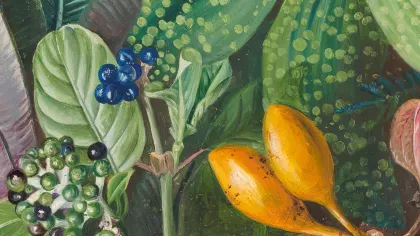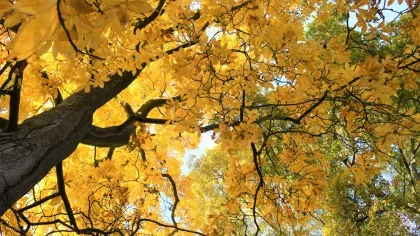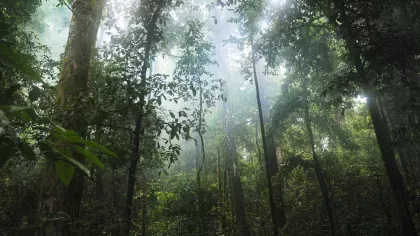11 March 2021
Monographs: unlocking the potential of the plant kingdom
We're calling for urgent efforts to accelerate in-depth studies of plant groups, especially in tropical biodiverse countries.

For centuries, publications known as botanical monographs have been the gold standard for communicating information about plants, including accurate names and scientific descriptions, and supporting plant research and conservation efforts worldwide.
Monographs could be described as focused encyclopaedias of plant knowledge, providing an in depth report of individual plant groups.
Information from observations of plants in their native habitat, specimens in botanical gardens and herbaria, and data generated in laboratories are brought together and published in books, or a series of journal articles, and are increasingly made available online.
While they are a key resource for researchers working to protect our biodiversity, monographs are also used by anyone who needs authoritative information.
They are widely used by plant breeders and horticulturalists, conservation stakeholders, and researchers across many, varied disciplines in science and the humanities.
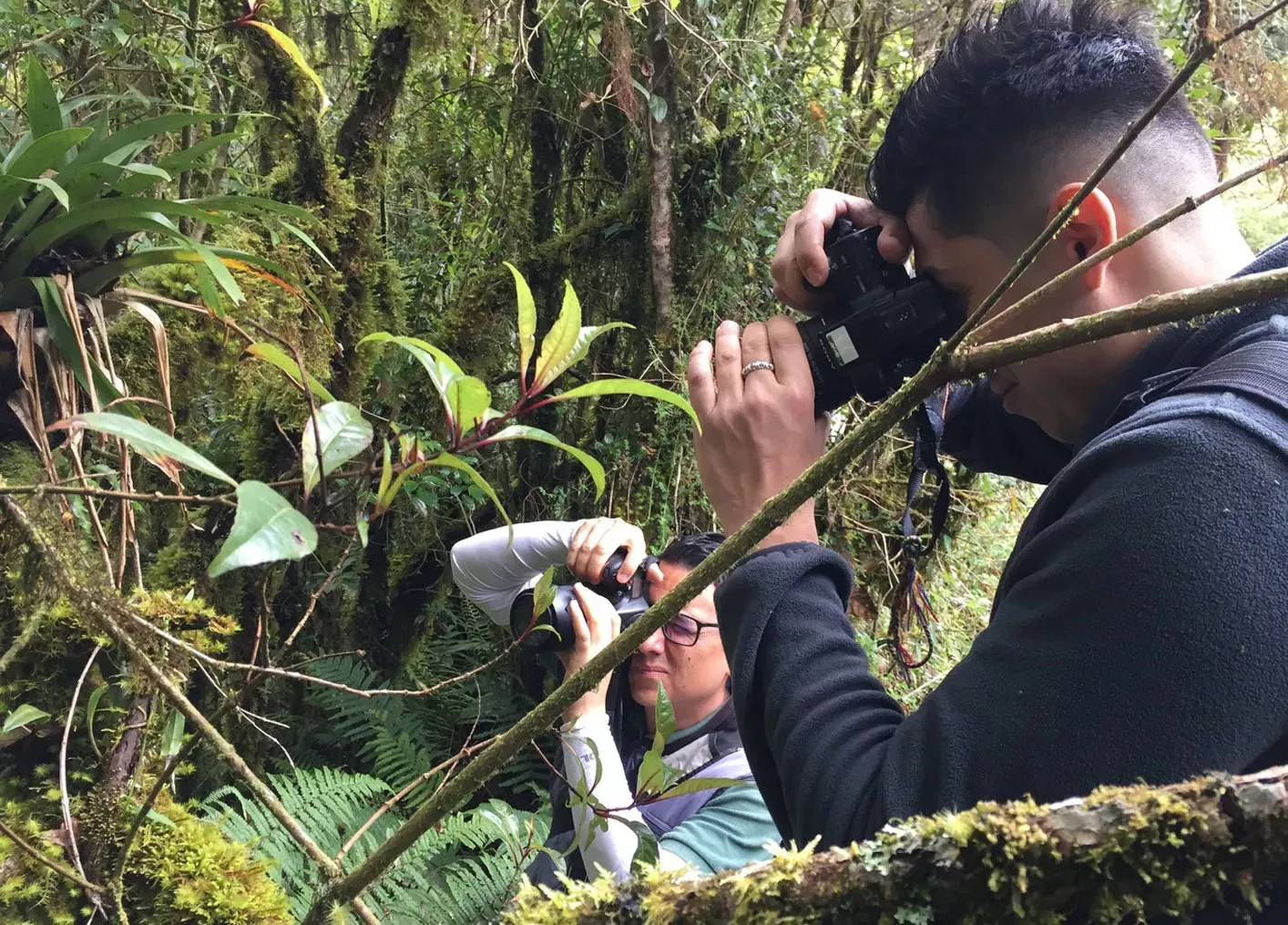
Missing monographs
With the Earth’s biodiversity disappearing before our eyes and an estimated 2 in 5 plants threatened with extinction, monographs are now more relevant than ever.
However, unfortunately, many important plant groups don’t have a monograph.
The risk in this situation is that species yet to be scientifically discovered are at risk of disappearing before we’ve had a chance to study and conserve them.
The backbone of botany
The very first monograph was published in 1672 and during the 300 years since, they have provided the backbone to much of the world’s research on plants.
Compiling a monograph is no easy undertaking because they bring together so many facets of information, including taxonomy, names, distribution data, maps and illustrations that can be produced only by an expert of the plant group in question.
Until the latter part of the 20th century, compiling a monograph would be a life’s work.
The internet, digital technologies, including photography, and rapid advances in DNA sequencing for the tree of life have all revolutionised how monographs are now undertaken and illustrated.
With these tools, we are entering a new phase of collaborative efforts in monography and can address the persistent imbalance of knowledge and collections in the northern hemisphere.
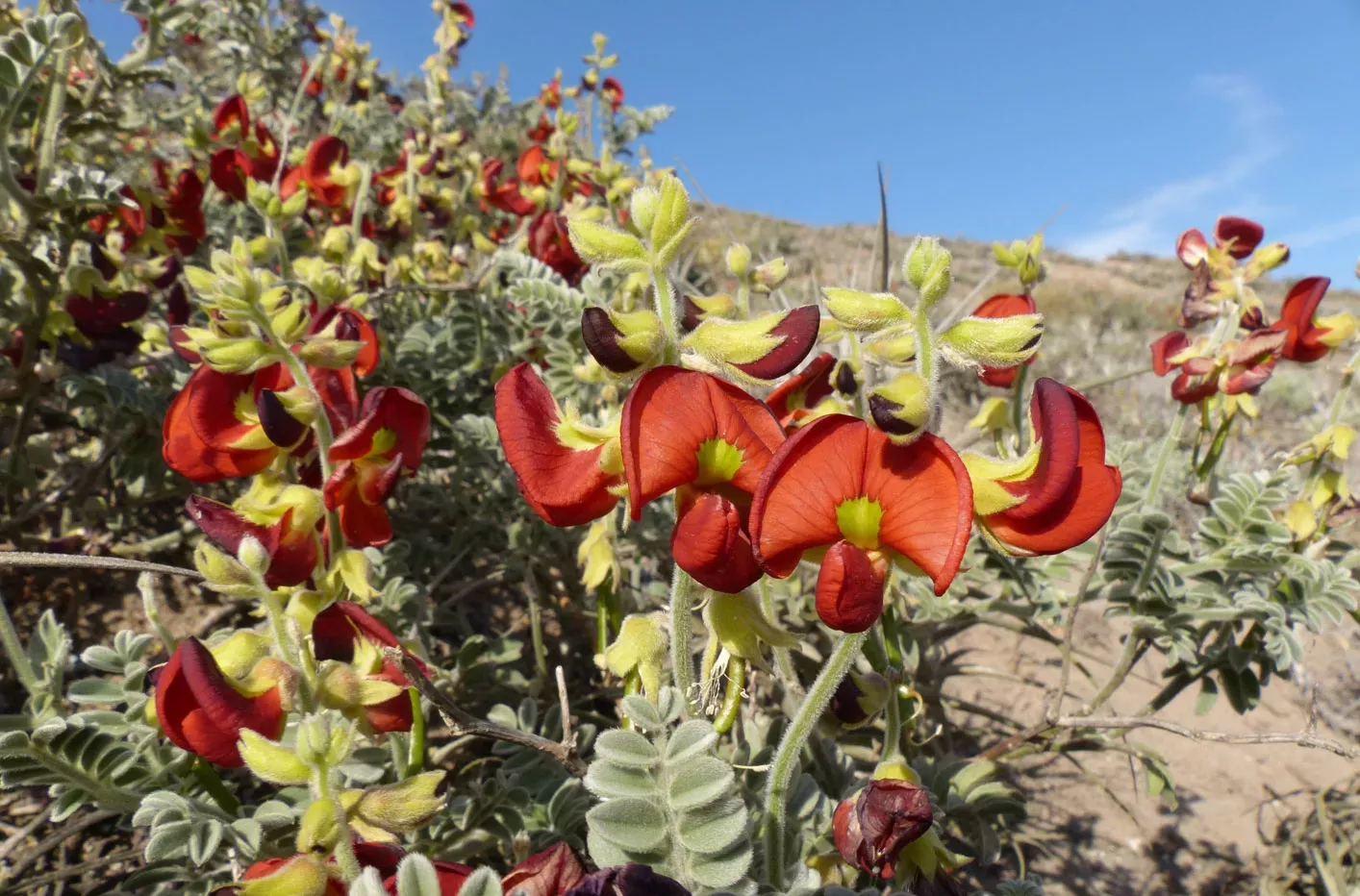
Urgent efforts needed in tropical countries
Diverse tropical plant groups that most urgently need monographing are concentrated in places where the necessary resources, sometimes even taxonomic expertise, may have been lacking.
Even large families such as grasses, legumes, and orchids, hugely important for food, fodder, medicine and horticulture, lack plant monographs.
These “super-families” comprise tens of thousands of species and are found almost everywhere on Earth, making them extremely challenging subjects for monographers.
Selecting plant groups
In a new paper written by myself and an international team, we suggest monograph efforts should be focussed on the largest, most threatened, ecologically important, and economically valuable plant groups.
We have set out a list of five criteria to help guide the selection of plant groups that urgently need a monograph.
These include:
- major knowledge gaps: large groups that have not been monographed in the past c. 150 years
- threatened: groups considered to be at high risk of extinction
- valuable: groups that benefit ecosystems or humanity
- morphologically or functionally unusual: groups that represent rare and extreme combinations of functional traits
- strategic: genera, for which a collaborative monograph could be readily accomplished
Monographs are a vital aid for researchers worldwide to catalyse species discovery, biodiversity documentation and conservation, understand how wild plants are related to the crops we depend on, and to unlock the potential of the plant kingdom.

